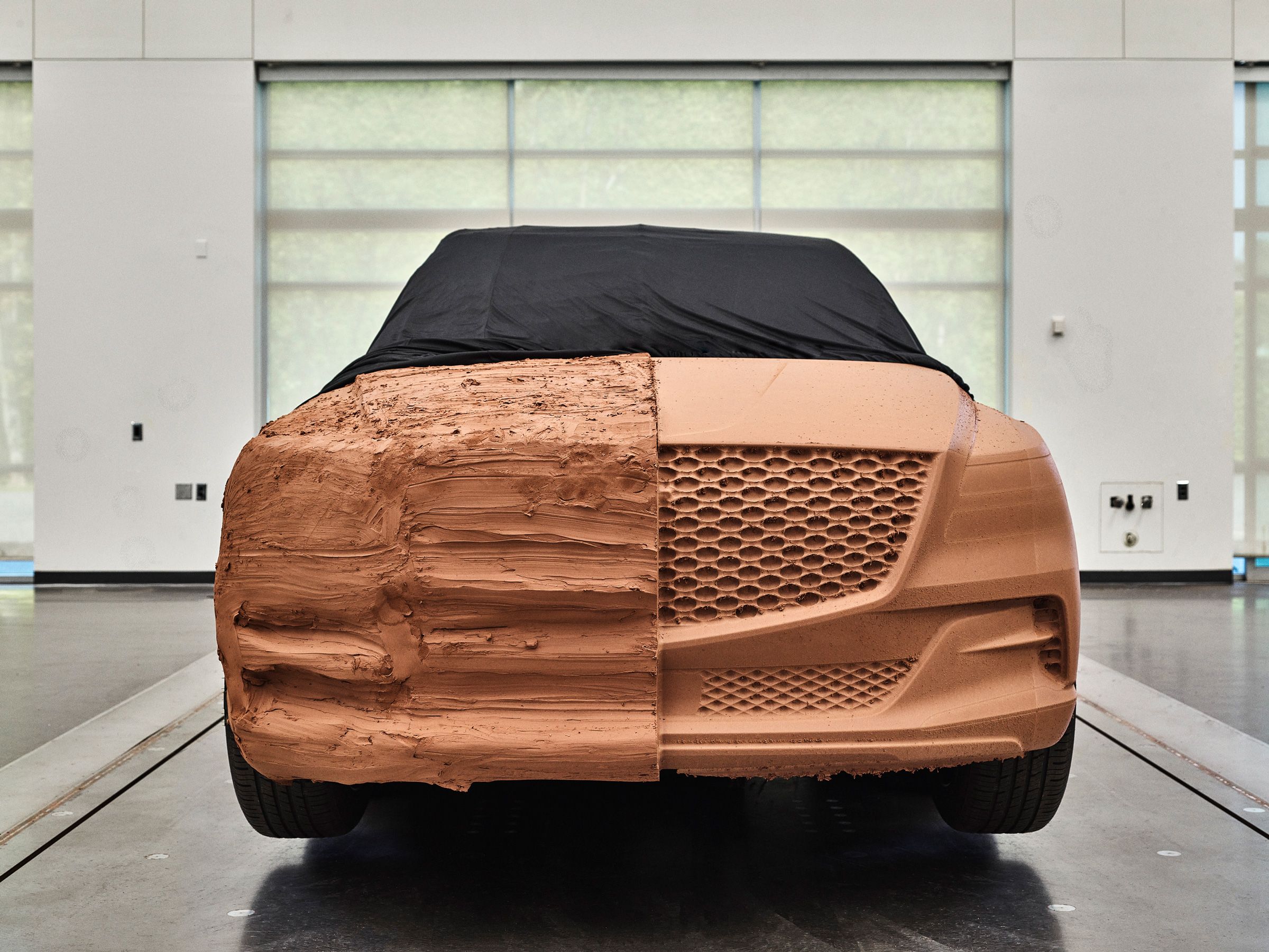Bill Mitchell is a genius:




Photograph Courtesy GM
Before the advent of computer-aided design, how did automotive designers come up with new shapes and forms for the latest and greatest cars?
The answer is simpler than you might think: By hand, using lots of clay.
Read Peter Brock’s reflections on his days in the GM styling department, and how clay modeling–a once groundbreaking technology–is now a lost art form over on Classic Motorsports.
For anyone serious about this subject, check out THE best car design history site, bar none. My old buddy from GM Design Staff days, Gary, has assembled an amazing resource on this subject. The information is almost endless.
Take a minute and imagine carving this freehand, just using your imagination:

I'm sure today they use computers first and fine-tune with clay (maybe even carve the shape from a computer file) but back in the day people just willed these shapes into being with their hands. Amazing.
It's good to see clay models are still in use today, albeit with some help from a robotic clay carver.
I used an Amiga 3000 to design a replacement for the Fiero back in 89 in college. Made a clay model of it too. No longer have the model but have prints of the design around here somewhere.
Probably showing (off?) my age again but back when I was a lad I was gifted a model kit that was a primer on how the Clay's for auto styling were done.
Of course it had a drawing and templates to build the show car on the box lid.
But once that had been done you would know how to create anything that struck your fancy.
The clay could be reused.
CAD rendering today may present a more visually appealing finished image but you cannot hold it in your hand, or put wheels on it and roll it around the table.
I still use some of the techniques from that old kit in my fiberglass work.
Sir William Lyons used to have a steel preliminary model brought by his house so he could study the shadow lines in the setting sun. They called it Fag packet engineering. Fag is British slang for cigarettes. Basically it was sketches turned into metal and then modified according to Sir Lyons eye.
No clay involved.
Displaying 1-10 of 109 commentsView all comments on the GRM forums
You'll need to log in to post.